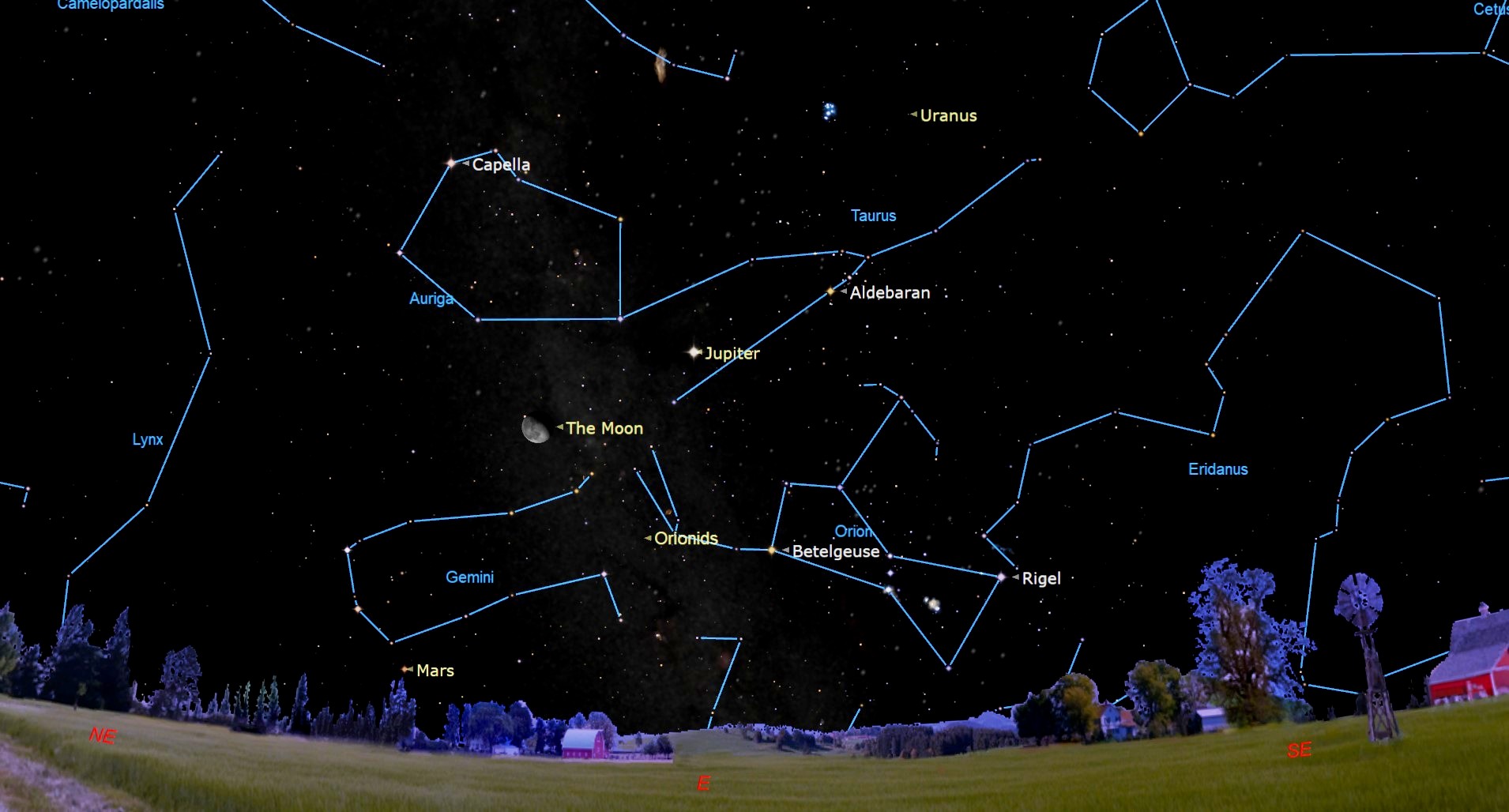The James Webb Space Telescope, created through a partnership between NASA, the ESA, and the Canadian Space Agency (CSA), has recently captured remarkable new images of the Universe. One of these images, obtained by Webb’s Mid-InfraRed Instrument (MIRI), features the star-forming nebula N79 in the Large Magellanic Cloud (LMC), located 160,000 light-years away. This image showcases a bright young star and the nebula’s radiant clouds of dust and gas where new stars are born.
The image focuses on N79 South (S1), one of three giant molecular cloud complexes, dominated by ionized interstellar atomic hydrogen. The star appears as the brightest point in the image, surrounded by six large spokes of light. Using various colors to represent different infrared wavelengths, the image displays near-infrared light in blue and mid-infrared wavelengths in cyan, yellow, and red.
The N79 nebula covers over 500 parsecs in the unexplored southwest region of the LMC and is considered the younger counterpart to the Tarantula Nebula. Although the Tarantula Nebula was also imaged by Webb, the research indicates that N79 has had star formation efficiency more than twice that of the Tarantula Nebula over the past 500,000 years. The image reveals several other bright objects, which are stars in the early stages of formation, shown in great detail as layers of colorful wisps.
Webb’s capability to capture both longer and shorter wavelengths of infrared light provides valuable insight into the nebula’s star-forming regions. The image illustrates a distinct “starburst” pattern surrounding a bright object, known as a “diffraction spike,” caused by the telescope’s mirror design. Astronomers are particularly interested in star-forming regions because they resemble the chemical composition of nebulas observed when the Universe was young.
In addition, the recent observations by Webb are part of a program aiming to study the evolution of circumstellar discs and envelopes around stars in formation, providing insight into how planetary systems like our own have formed and evolved. This could potentially offer clues about the emergence of life in our galaxy.













